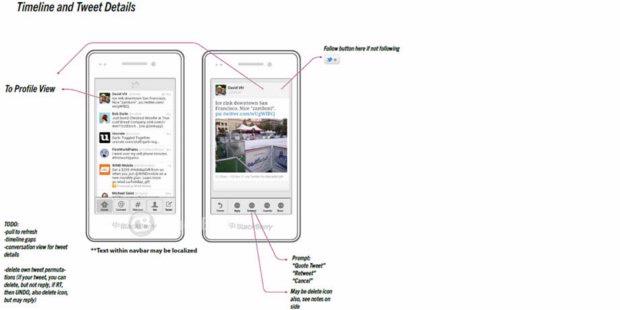
Research In Motion (RIM) BlackBerry operating system 10 to prepare for the end of 2012. Display Twitter and Facebook it will also change.
CrackBerry site have said the leak of two of the application. It is estimated, both applications were still to be developed internally by the RIM.
At first glance, it looks looks like Twitter and Facebook apps for other platforms. Twitter, for example, will implement a "pull to refresh".
Of course, this is still a leaked concept being developed by the team at RIM. There is still time for RIM to change that concept before its official release BlackBerry 10.
BB10 is designed to rival the iPhone, Android, and Windows Phone that is dominated by a touch screen device.
RIM says BB10 will be available in late 2012. RIM has made sure that the tablet will get a BB10 PlayBook.
















